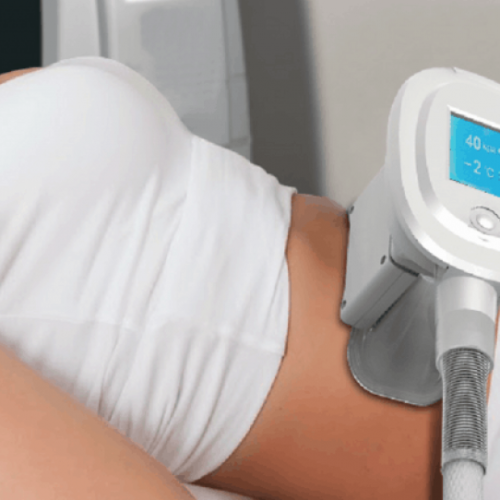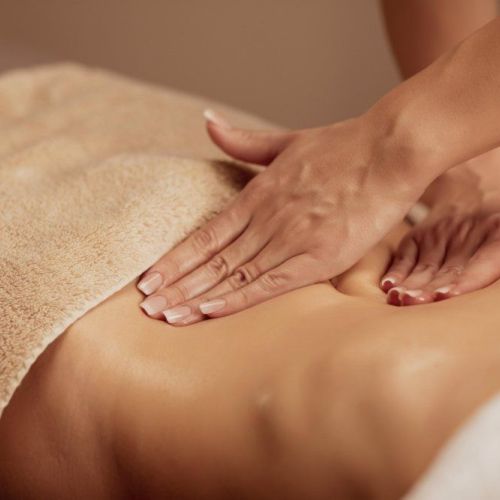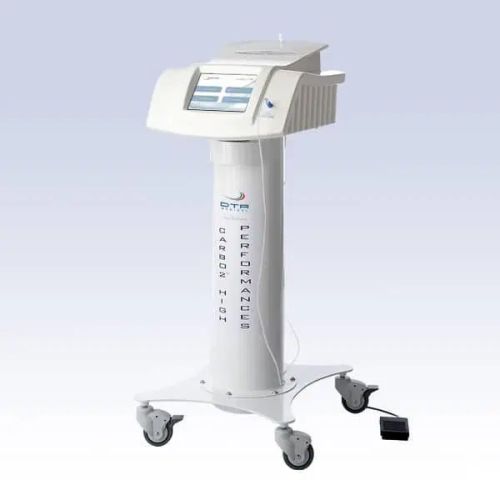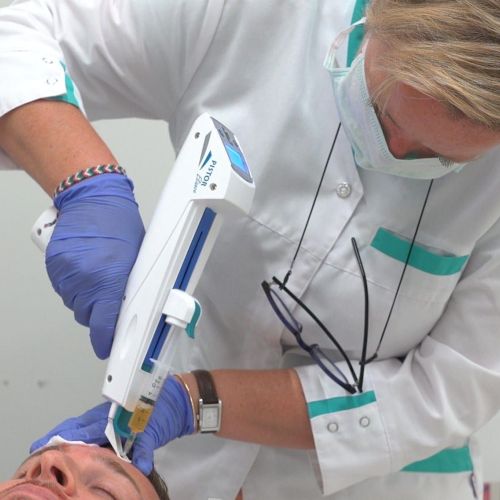La cellulite, appelée aussi “peau d’orange”, est une problématique qui concerne énormément de personne, quel que soit leur âge ou leur morphologie. Contrairement à certaines idées reçues, ce phénomène n’est lié ni à la corpulence ni au poids.
Bien que les femmes soient les plus concernées, les hommes n’y échappent pas et peuvent, eux aussi, avoir de la cellulite.
De nombreuses méthodes permettent d’atténuer l’effet peau d’orange et de retrouver une peau plus ferme et lisse.

Bilan personnalisé
Afin de déterminer le soin le plus adapté, une première consultation est préconisée.
L'objectif est d'analyser vos besoins et d'établir un plan de traitement sur-mesure.
Comprendre la cellulite
La cellulite est une modification de l'apparence de la peau, qui prend un aspect irrégulier, souvent décrit comme "peau d’orange".
Elle est très courante, touche principalement les femmes, et se manifeste généralement sur les cuisses, les fesses, les hanches ou l’abdomen.
Contrairement aux idées reçues, la cellulite peut affecter tous types de corpulence.
Comment se forme la cellulite ?
La cellulite apparaît à cause d’une interaction entre les cellules graisseuses, la peau et le tissu conjonctif sous-jacent.
Sous la peau, les cellules graisseuses (adipocytes) se remplissent et gonflent lorsqu’on consomme plus de calories qu’on en dépense.
Celles-ci s’accumulent et exercent une pression sur le tissu conjonctif.
Avec le temps, ce dernier devient rigide et tire la peau vers l’intérieur, tandis que les cellules graisseuses la poussent vers l’extérieur.
C’est à ce moment-là que l’aspect peau d’orange se crée.
Les types de cellulite
- La cellulite aqueuse
Cette forme de cellulite est liée à la rétention d’eau, et à une mauvaise circulation sanguine et lymphatique.
Elle se caractérise par une sensation de gonflement et peut-être douloureuse au toucher.
- La cellulite adipeuse
Cette forme de cellulite est causée par l’accumulation de graisse dans les tissus sous-cutanés.
Elle est typique d’une alimentation déséquilibrée, riche en graisses et sucres, et d’un manque d’exercice physique.
Souvent associée à un excès de poids, elle peut aussi toucher les personnes minces. Elle se caractérise par un aspect mou au toucher et est peu douloureuse, voire indolore.
Dans ce cas-là, la cellulite est visible, surtout en position debout ou lorsque la peau est pincée.
- La cellulite fibreuse
La cellulite fibreuse est la plus difficile à traiter, car installée depuis longtemps.
Au fil du temps, les fibres de collagène qui entourent les cellules graisseuses se sont rigidifiés, rendant la peau plus dure et bosselée. Elle est très visible et parfois douloureuse au toucher.
Cela résulte d’une mauvaise hygiène de vie, de la génétique et du vieillissement cutané.
Quelles sont les causes ?
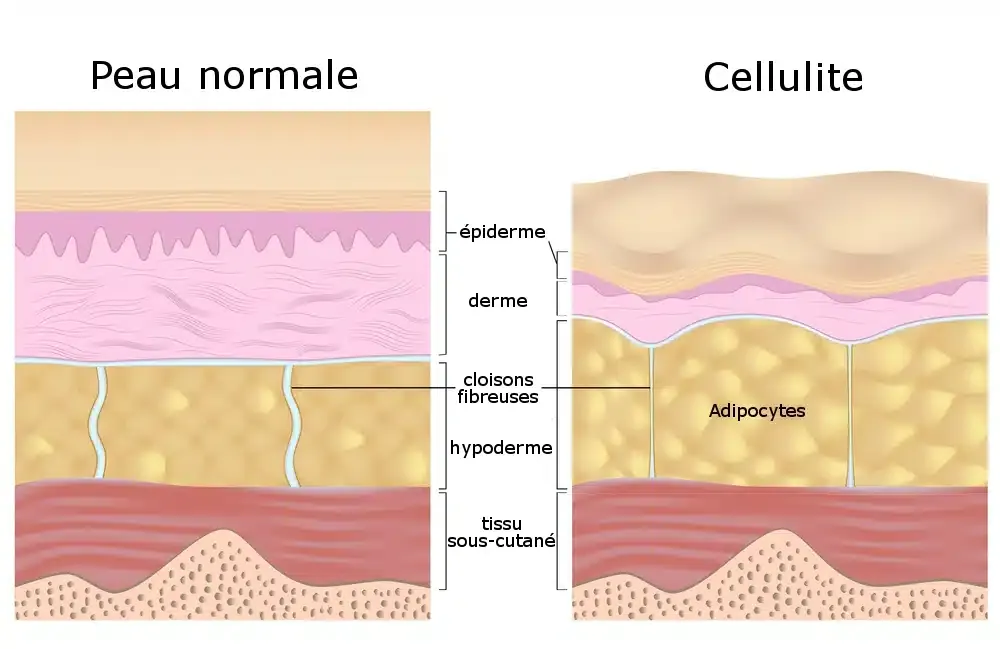
Comme nous l’avons évoqué précédemment, plusieurs facteurs interviennent et définissent le type de cellulite.
Les facteurs hormonaux
Les hormones comme les œstrogènes jouent un rôle clé ; ils influencent la répartition des graisses, la circulation sanguine et la production de collagène. C’est pour cela qu’elle est plus fréquente chez les femmes.
Les facteurs génétiques
Si vos proches ont de la cellulite, vous êtes plus susceptible d’en avoir également.
La génétique détermine la structure de la peau, la répartition des graisses et la qualité du tissu conjonctif.
Le style de vie
Une alimentation riche en sucres et graisses favorisent l’apparition de la cellulite. Le manque d’exercice réduit la tonicité musculaire, ce qui accentue l’aspect irrégulier de la peau. Une hydratation insuffisante rend les tissus moins souples et accentue les creux.
Nos solutions anti-cellulite
Clinique du Lac dispose de soin esthétique innovant permettant de cibler cette problématique. Ceux-ci ont pour objectifs de :
- Réduire les graisses sous-cutanées
- Stimuler la circulation et le drainage lymphatique
- Éliminer l’aspect peau d’orange et lisser la peau

